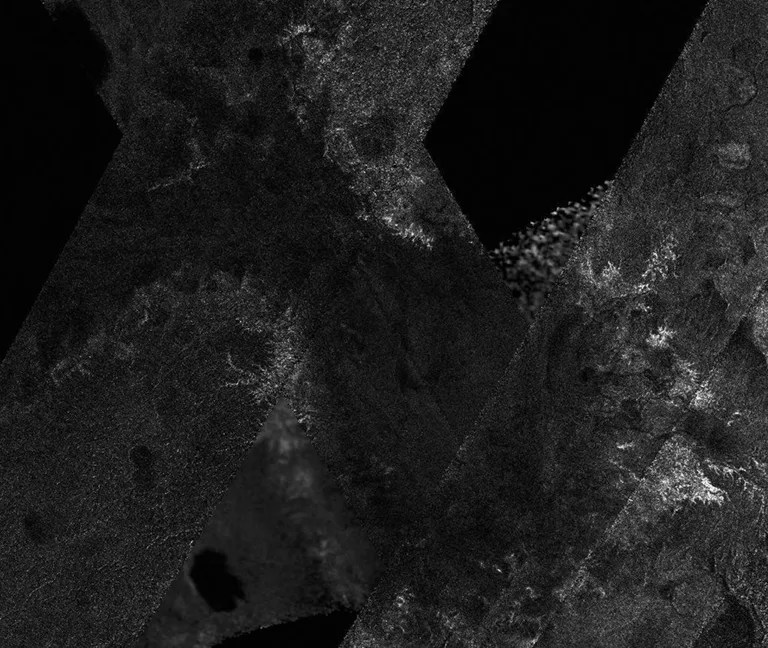1 min read

Science highlights for this flyby included a RADAR 'scrub' to get more detailed views of the Shangri-La dunes. The Synthetic Aperture Radar (SAR) observation was near equatorial, covering the features Dilmun, Adiri and Belet. The SAR track paralleled and overlapped the T-8 flyby dataset, which should provide a good stereo imaging opportunity over the Belet sand dunes as well as expanded coverage of Shangri-La and Belet.
The Ion and Neutral Mass Spectrometer (INMS) was taking measurements along with RADAR, observing the night side wake at low and near equatorial southern latitudes. This was the only southern equatorial wake observation in the mission.
The outbound leg of T-61 was a very good opportunity for optical instruments because the phase angle was about 10 degrees. Just after the RADAR observations at closest approach, the Visible and Infrared Mapping Spectrometer (VIMS) observed the southern hemisphere at longitudes similar to those observed at T-57, T-58, T-59 and T-60. However, this flyby is the best of the group. The resolution can be as good as 5 kilometers (3 miles) per pixel at the beginning of the observation.
Date
Aug. 25, 2016
Altitude
603 miles (970 km)
Speed
13,400 mph (6.0 km/sec)







